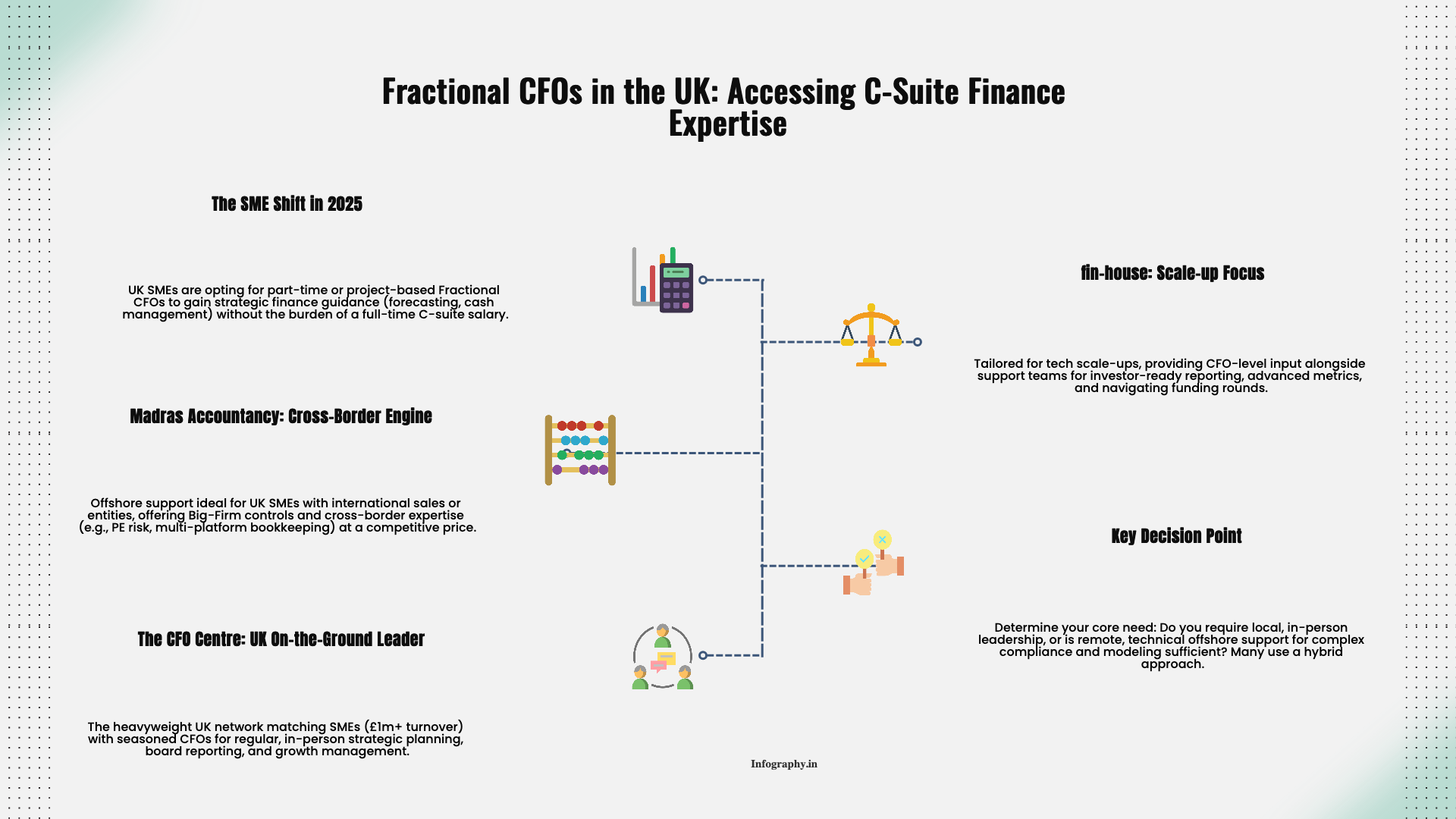If your last mental picture of an audit involves boxes of paper and someone with a calculator ticking every tenth invoice, it might be time for an update. While some old habits hang on, many firms now lean heavily on technology. That shift affects what they ask you for and how they look at your numbers.
From your side of the table, understanding the tech behind the scenes can make audit requests feel less random. It also highlights ways you can prepare your systems so the process runs more smoothly.
One of the biggest changes is the use of data analytics. Instead of pulling a handful of transactions to test, auditors increasingly analyze entire populations of data. For example, they might run routines on all sales invoices for the year to flag unusual dates, odd pricing patterns, or duplicate invoice numbers.
This does not mean they no longer sample. It means the sampling is often guided by what the analytics show. Transactions that fall outside normal patterns get more attention. That can increase the chances of catching issues without having to test every single line manually.
Another area where technology has taken hold is confirmations. Instead of mailing paper letters to banks and customers and waiting for responses, many firms use secure electronic confirmation platforms. These systems connect directly with banks and sometimes large customers to verify balances faster and with less risk of tampering.
For you, that usually means fewer interruptions. You may still need to authorize certain confirmations, but you are less likely to be chasing lost letters or wondering whether a response ever arrived.
Behind the curtain, many audit firms use software that links their workpapers directly to your trial balance and subledgers. When they make an adjustment, the impact flows through to related schedules. This reduces manual keying and makes it easier to trace how a number was tested.
From a client perspective, this often shows up as more organized requests. You might receive a portal link where you can upload specific documents tied to particular audit steps, rather than a long, static checklist in a spreadsheet.
Because auditors rely heavily on data, the format in which you provide it matters. Clean exports from your accounting system, with consistent date formats, clear customer and vendor identifiers, and separate fields for amounts and taxes, can save everyone hours.
If you are still sending screenshots or scanned PDFs for items that exist digitally, you may be slowing your own audit down. It is worth talking with your audit team about preferred file formats early on, especially if you are switching systems or using less common software.
Handing auditors digital access to your systems raises understandable security questions. You should not feel pressured to grant full administrator rights just because technology makes it possible. Instead, discuss scoped access: read only roles, limited to the modules and time periods needed for the audit.
Many companies now create dedicated audit user accounts that can be turned on and off as needed. This balances the efficiency of direct data access with sensible control over who can see what and when.
Interestingly, some of the technology that auditors use to test your books can also be used by your internal finance team throughout the year. Simple anomaly detection, trend analysis, and exception reports can help you spot problems early, rather than waiting for the annual audit.
You do not need to mirror an entire audit platform. Even built in reports in your accounting system, used thoughtfully, can highlight duplicate payments, strange credit notes, or inconsistent pricing. In that sense, the tech driven audit model nudges everyone toward more data aware financial management.
At the end of the day, technology in auditing is not about replacing human judgment. It is about giving auditors and clients better visibility, faster. The more your systems can talk clearly to theirs, the smoother the process will feel each year. For more insights, see our guide on preparing for your first external audit and data analytics in accounting.
.png)
December 9, 2025
A straight-talking overview of five small business tax prep options in 2025, including Madras Accountancy, TurboTax, H&R Block, TaxSlayer, and Bench’s books-plus-tax model.

December 9, 2025
An on-the-ground guide to the UK’s fractional CFO ecosystem – London and beyond – including The CFO Centre, fin-house, FD Capital, BKL, BSmart, and how Madras Accountancy fits into cross-border and hybrid models.